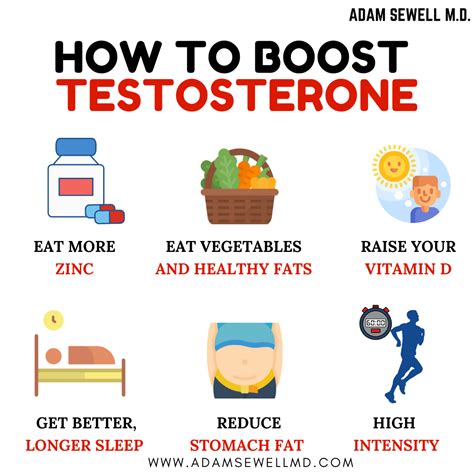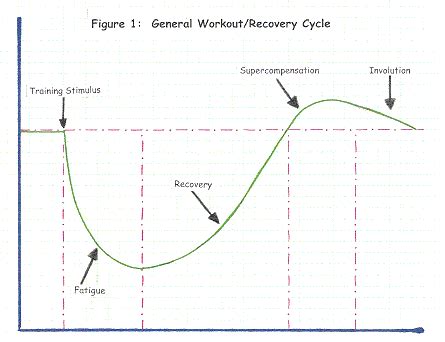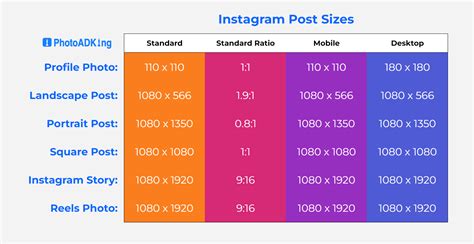How to break a strength plateau for max power gains?
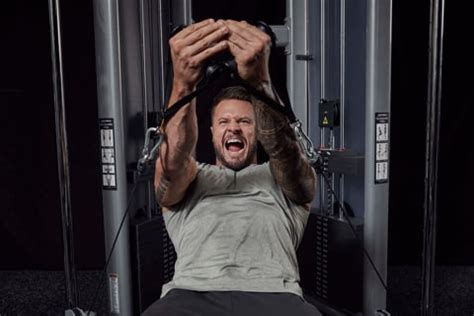
Hitting a strength plateau can be incredibly frustrating for any lifter aiming for maximum power gains. You’re consistently showing up, putting in the work, but the numbers on your lifts just aren’t moving. This common hurdle isn’t a sign of failure; rather, it’s an indication that your body has adapted to your current stimulus, and it’s time to introduce new challenges to force further growth. Breaking through requires a strategic, multi-faceted approach, moving beyond simply adding more weight to the bar every session.
Understanding Your Plateau

Before you can break a plateau, you need to understand why it’s happening. Your body is an incredible adaptive machine. When you repeatedly expose it to the same stressors, it eventually becomes efficient at handling them. This efficiency leads to a slowdown or halt in strength and power development. Common culprits include:
- Lack of Progressive Overload Variation: Sticking to the same rep ranges, sets, and exercises.
- Overtraining/Under-recovery: Not allowing enough time for muscles to repair and grow.
- Inadequate Nutrition: Insufficient calories or macronutrients to support recovery and adaptation.
- Poor Technique: Inefficient movement patterns limit your true strength potential and increase injury risk.
- Mental Fatigue: The grind can wear you down, impacting performance.
Varying Progressive Overload Beyond Weight
Progressive overload is the cornerstone of strength training, but it’s not just about adding more weight. To break a plateau, you must explore its other dimensions:
- Increase Volume: More sets or reps (within reason) can stimulate growth.
- Manipulate Tempo: Slowing down the eccentric (lowering) phase or pausing at specific points increases time under tension and muscle activation.
- Decrease Rest Times: Shorter rest periods increase metabolic stress, which can be a different stimulus.
- Increase Frequency: Training a muscle group more often, but with careful management of volume per session.
- Advanced Training Techniques: Drop sets, supersets, rest-pause sets can push muscles past their usual failure point.

Incorporate Power-Specific Training Methods
To maximize power gains, you need to train explosively. Strength is the ability to generate force, while power is the ability to generate force quickly. Integrate these methods:
- Plyometrics: Box jumps, broad jumps, clap push-ups. These train your muscles to produce maximal force in minimal time.
- Olympic Lifts: Snatches, clean and jerks. These complex movements demand coordinated, full-body power.
- Complex Training: Pairing a heavy strength exercise with a biomechanically similar plyometric exercise (e.g., heavy squat followed by box jumps). This potentiates the nervous system.
- Accommodating Resistance: Using bands or chains with barbells. This makes the lift harder at the top, forcing you to accelerate through the entire range of motion.

Optimize Nutrition and Recovery
You can’t out-train a poor diet or insufficient sleep. These are non-negotiable for breaking plateaus and making power gains:
- Caloric Intake: Ensure you’re in a slight caloric surplus or at maintenance to support muscle repair and growth, especially if you’re training hard.
- Protein Intake: Aim for 1.6-2.2 grams of protein per kilogram of body weight to facilitate muscle protein synthesis.
- Carbohydrates and Fats: Don’t neglect these. Carbs fuel your workouts and aid recovery, while healthy fats are crucial for hormone production.
- Sleep: Target 7-9 hours of quality sleep per night. This is when your body does most of its repair work and hormone regulation.
- Active Recovery: Light cardio, stretching, foam rolling can improve blood flow and reduce muscle soreness.

Periodize Your Training and Listen to Your Body
Consistent, high-intensity training without variation can lead to burnout. Periodization involves systematically varying your training volume, intensity, and exercise selection over time:
- Linear Periodization: Gradually increasing intensity while decreasing volume over a macrocycle.
- Undulating Periodization (Daily/Weekly): Varying intensity and volume more frequently (e.g., heavy day, moderate day, light day within a week). This can keep your body guessing.
- Deload Weeks: Every 4-8 weeks, reduce your training volume and intensity significantly (e.g., 50-60% of usual) for a week. This allows your body to fully recover, repair, and come back stronger.
- Assess and Adjust: Keep a detailed training log. Monitor your progress, energy levels, and overall well-being. If something isn’t working, be prepared to change it.
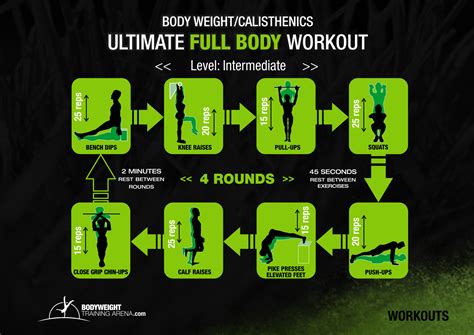
Conclusion
Breaking a strength plateau and unlocking maximum power gains isn’t about working harder; it’s about working smarter. By strategically varying your progressive overload, incorporating power-specific training, optimizing your nutrition and recovery, and utilizing periodization and deload weeks, you can provide your body with the novel stimuli it needs to adapt and grow. Be patient, be consistent, and be willing to experiment with different approaches. Your next breakthrough is within reach.
